Kitchen chandeliers: 8 tips to get the lighting right
- 21 Sep, 2022
- Home , Buying guides
- 0 Comments
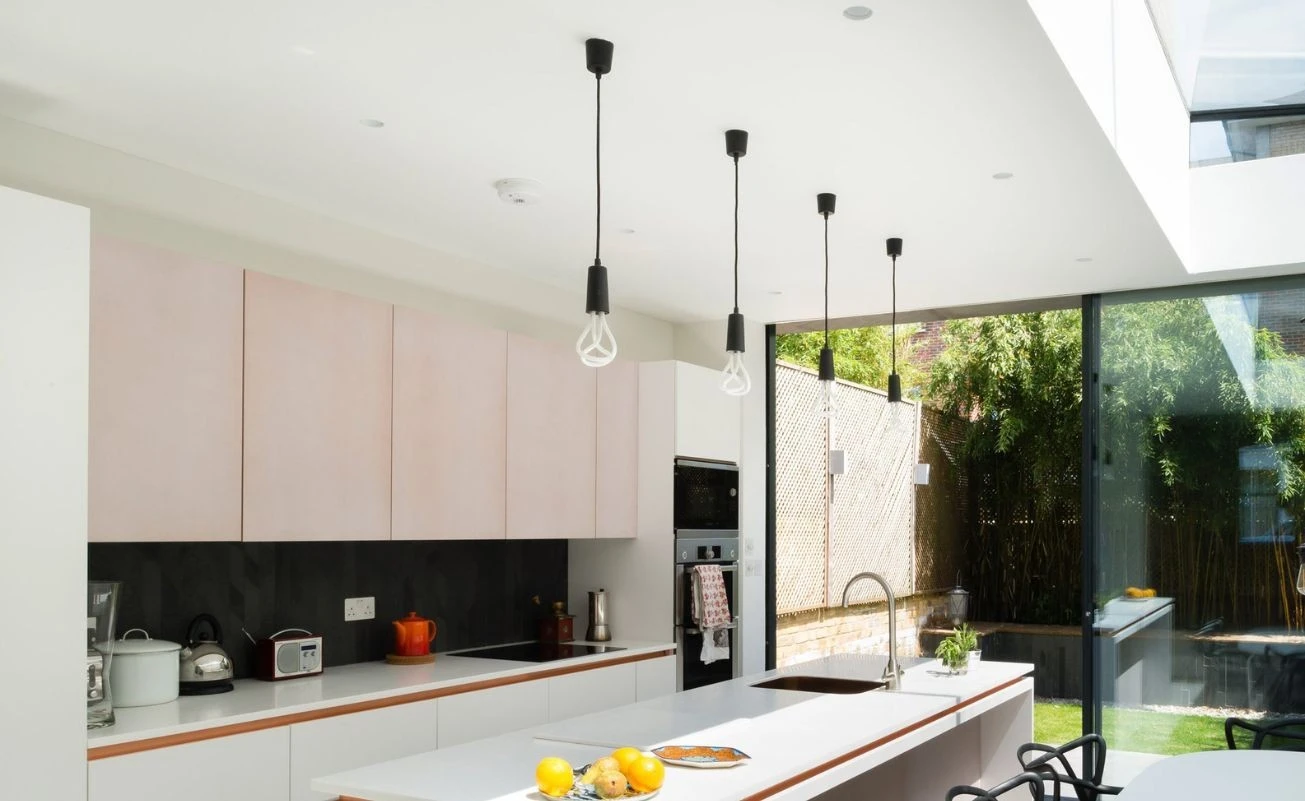
A magnificent chandelier? That is not enough. When choosing a kitchen chandelier, there are several aspects to consider in terms of size, material, but also of the place where you want to install it. It is important to consider that in most cases, a single light source will not be sufficient and that you will need to add other lights to the classic chandelier, which are also very important.
1. How many light points should be imagined in a kitchen?
There are small kitchens frozen in time, as well as huge open kitchens that become the true center of the home. So, there is no single answer to this question as it depends on the size of the room, the presence or absence of a table or island, and many other variables... However, there are some fixed points to keep in mind, as it is unfortunately very easy to light it in the wrong way.
The chandelier and all other lighting points, such as spotlights or table lamps, should be positioned to illuminate all key points of the kitchen: the sink, the food preparation area, the hob, the breakfast table or dining area. Each of them should have a dedicated light point. It is very important to have the right light when reading a recipe, chopping vegetables, checking the cooking of a romantic dinner, or decorating a birthday cake.
2. Where/how should you install your kitchen chandelier?
Since the chandelier will be the main source of light in the kitchen, the ideal place to put it is above the table or on the island, making them even more focal points of the room. Imagine a family dinner with the table set and children laughing nearby, or a standing cocktail party with your friends gathered around a stylish island ready to toast. In any case, you can envision solutions with ample and diffuse light, creating a relaxing, visually comfortable, and certainly very welcoming atmosphere.
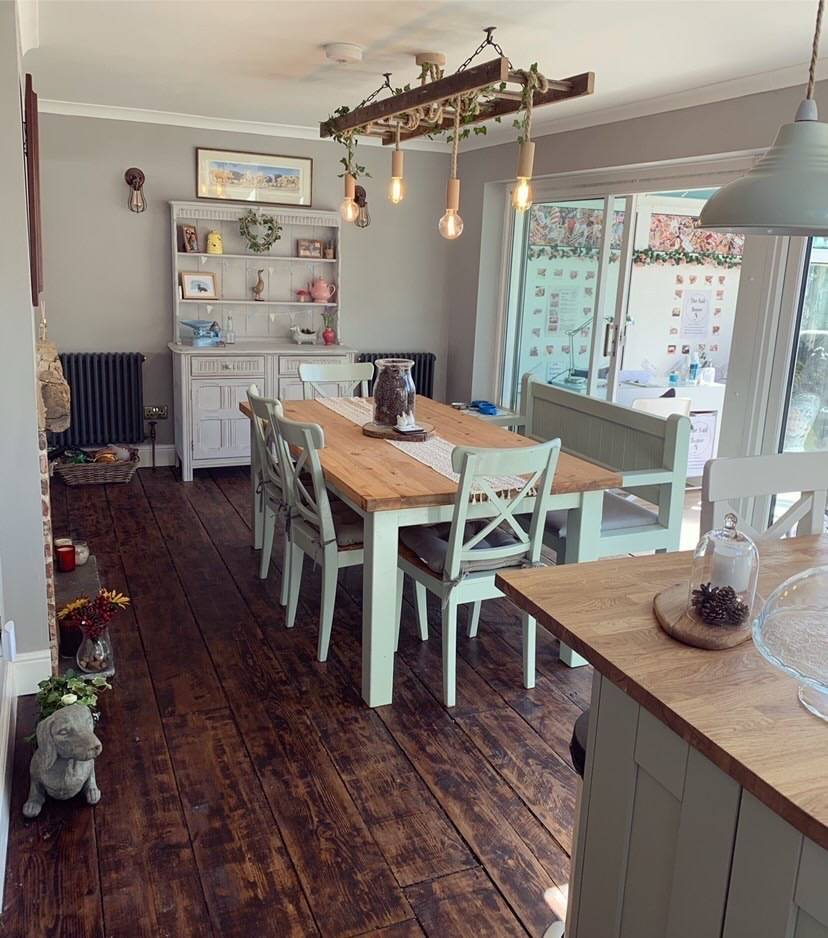
Photo: @athomeonthegrove
3. How to best light up your kitchen furniture?
The most classic solution is technical lighting under your kitchen cabinets, which is already present in many kitchens. But if the model you have chosen does not have this type of integrated lighting, or if you want something more original, you can choose spotlights and customize them to fit the style of the house. Pay attention to where you install them: avoid creating shadows and reflections on objects. For this reason, it is best to place the light sources centered on the worktop, with the light beam projected perpendicular and central to the shelf surface.
.jpg)
Photo: @seasidevictorianhome
4. What is the correct lighting intensity in the kitchen?
The perfect amount of light is the one that best illuminates the area in question: too little light strains your eyes, but too much can also be bothersome. The choice will depend on the type of kitchen you have chosen, its colors, and the natural lighting of the room. The most important thing is to have light in the right places, without exaggeration: 4-5 watts directed where needed may be better than 20 watts diffused in some cases.
Many kitchen lamps and chandeliers offer you the possibility to adjust the light intensity, allowing you to achieve the perfect brightness level. For instance, you might be cooking dishes at noon on a sunny summer day, or reheating them at night (and needing to see everything in the right light!).
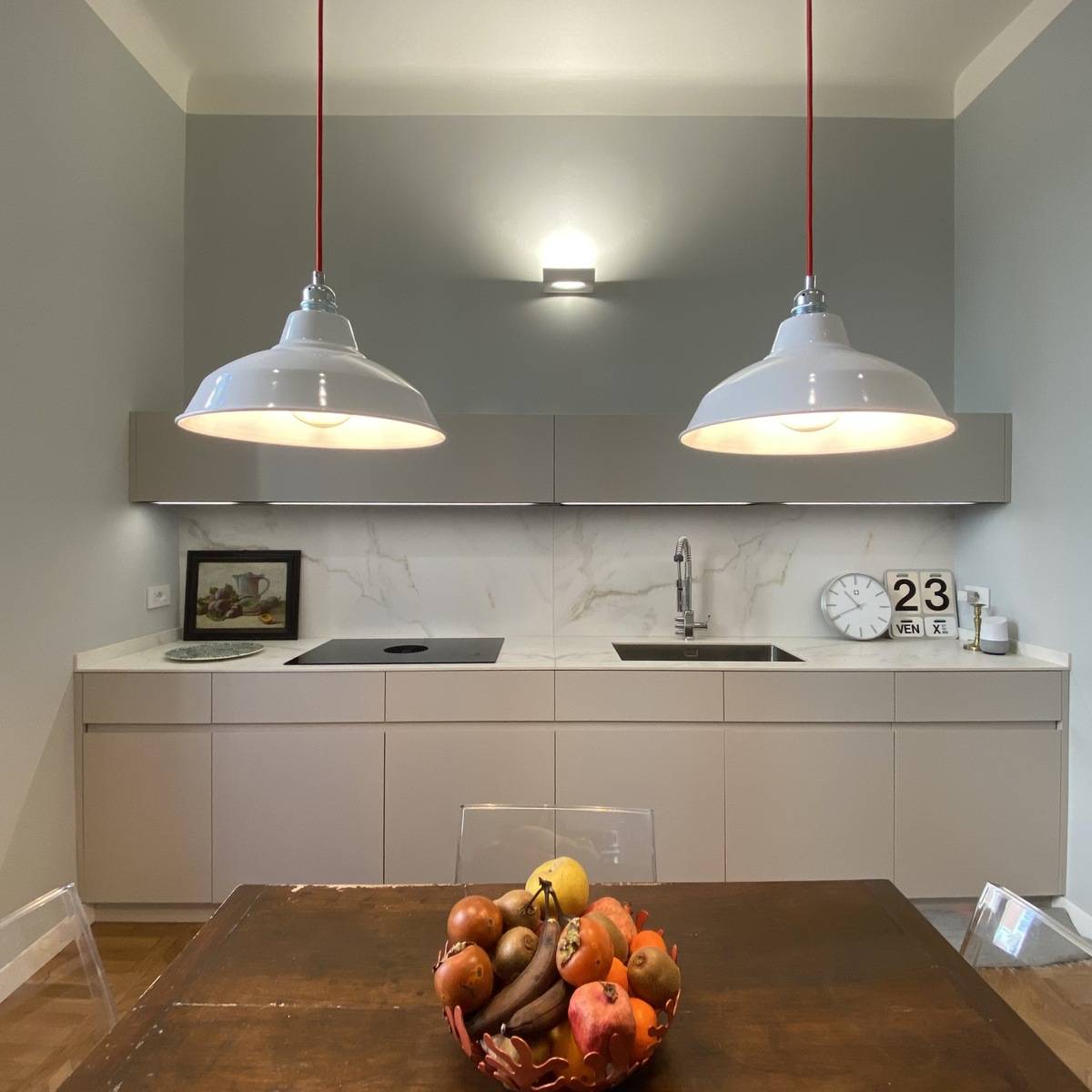
Photo: Alessandra / Studio Mimoa Milano
5. Is there a recommended temperature for the light of kitchen chandeliers?
Generally, light bulbs with warm light cause less eye strain because they produce fewer UV rays than cool light bulbs. When cooking, the lights should be as neutral as possible to avoid altering the color of the dishes. Light sources between 2700 and 3000 Kelvin are ideal.
.jpg)
Photo: @ale_spadina
6. What are the best materials for kitchen chandeliers? What should be avoided?
There are no limits to creativity in cooking. We are not talking about nicely matched dishes and elaborate gourmet cuisine, but about furniture styles and lighting. When thinking about the chandelier to install in your kitchen, it is best to keep in mind that there are materials that tend to absorb more grease and odors, typical of food preparation and cooking, as well as materials that are easier to clean than others. Therefore, yes to metal or painted lampshades, but be very careful if you choose materials that are harder to clean, such as fabrics.
-1.jpg)
Photo: @halfpaintedhouse
7. What is the difference with open spaces?
If the rooms are close to each other, it is preferable to use the same light fixtures or matching lamps and chandeliers. Not harmonizing the type of lighting could make the style of the room chaotic and uneven, just like with the rest of the furniture and furnishings.
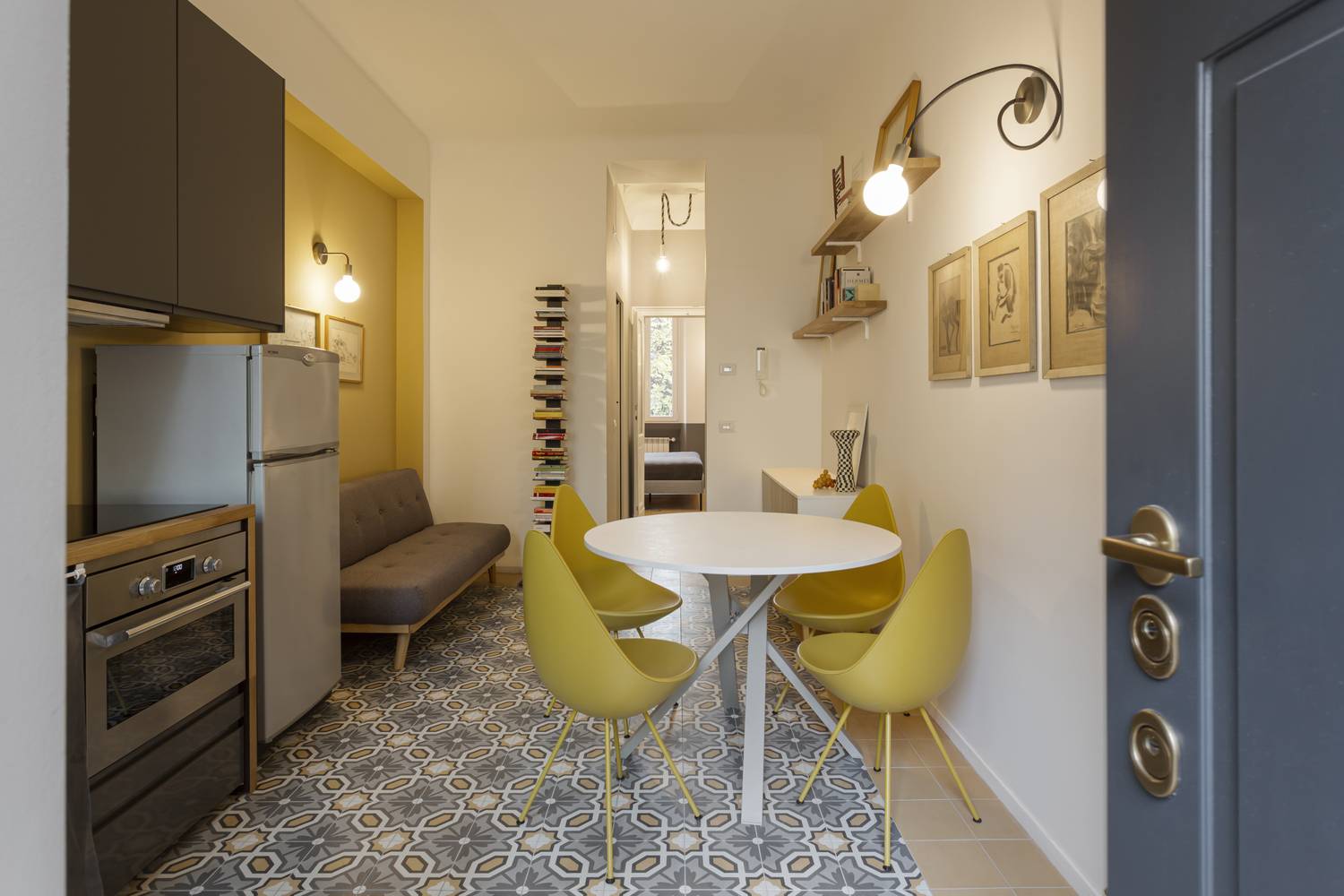
Photo: studio Moodular (Milan - Italy)
8. What is the most common mistake when choosing lighting for a kitchen?
One of the most common mistakes when choosing kitchen lighting is underestimating the number of light fixtures. People often think that a single powerful bulb is enough to illuminate the work surface, when it's actually better to opt for multiple light sources. We also made the mistake of installing a DIY kitchen chandelier... too close to the overhead elements, preventing them from opening! So, yes to choices that fit the style, but when in doubt, consult a professional.
Here are some ideas for kitchen chandeliers perfect for...
...a modern kitchen
Clean and simple lines with neutral colors. Here are some ideas for minimalist style lighting.
...a shabby chic kitchen
All pastel tones, or white and beige, with very soft lines.
...in Nordic and Scandinavian style
Clean and minimalist lines, simple and highly functional design. The color? White or beige.
...a very colorful kitchen
Do you like colorful and pop details for lamps too? Here are some ideas.
...an ethnic and Boho-chic cuisine
Hippy and 70s vibes with references to nature and exotic countries.
...an industrial-style kitchen
Iron, raw coatings, exposed bricks for a biting style.
...a classic and traditional cuisine
Solid wood and ceramic handles, framed doors with warm colors.
You must be logged in to post comments


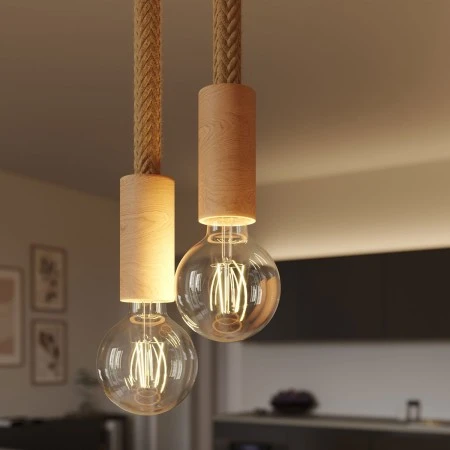

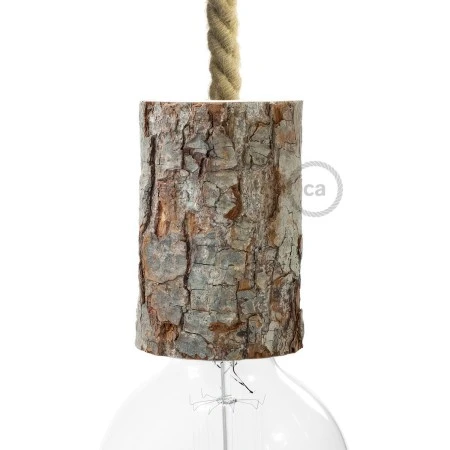
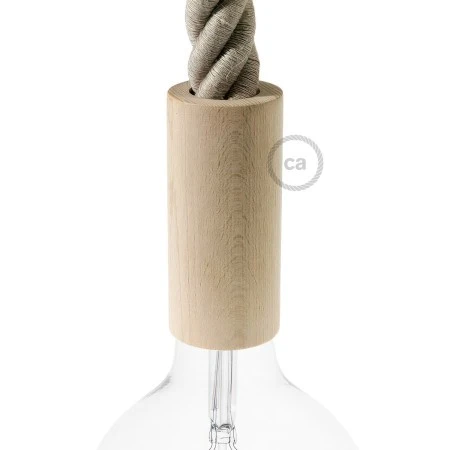

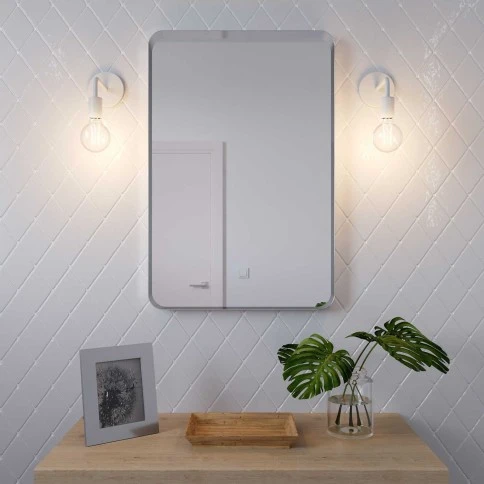

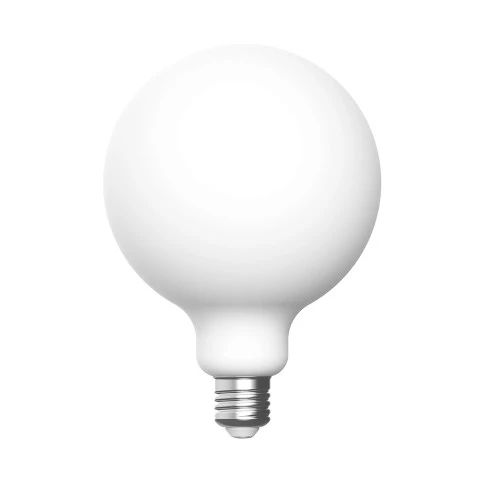

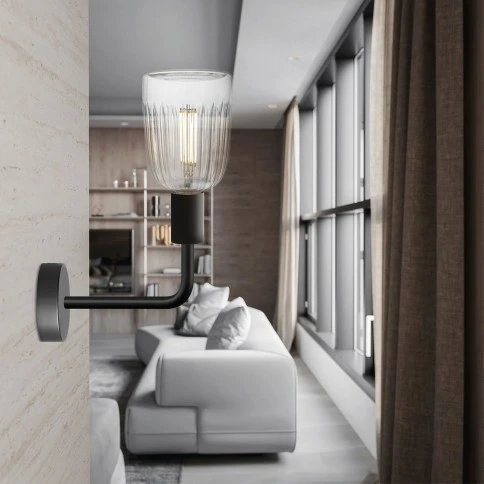
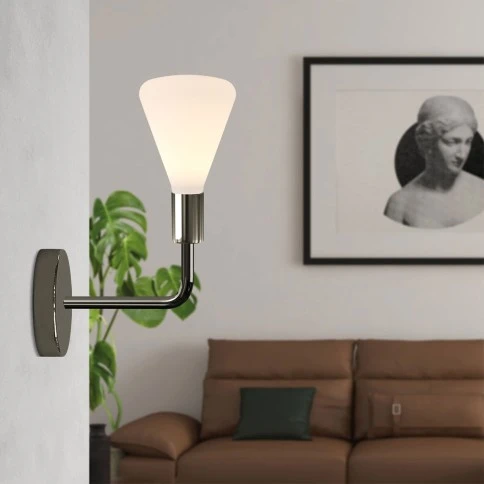
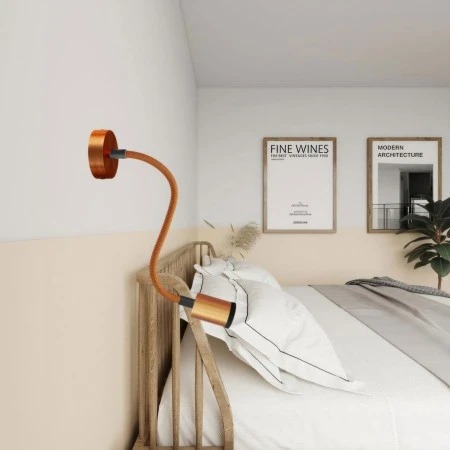
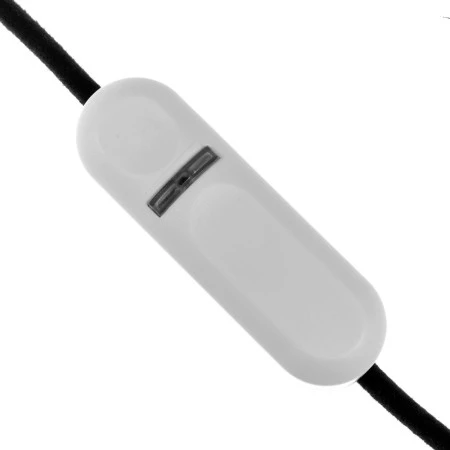
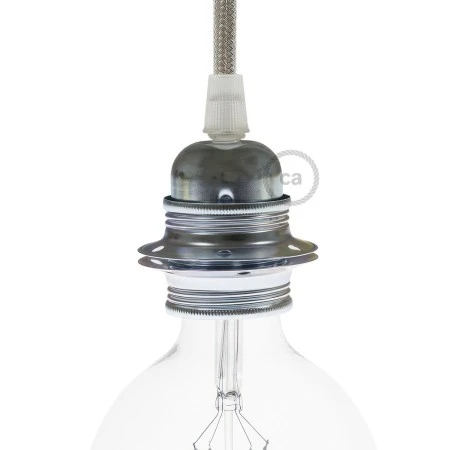
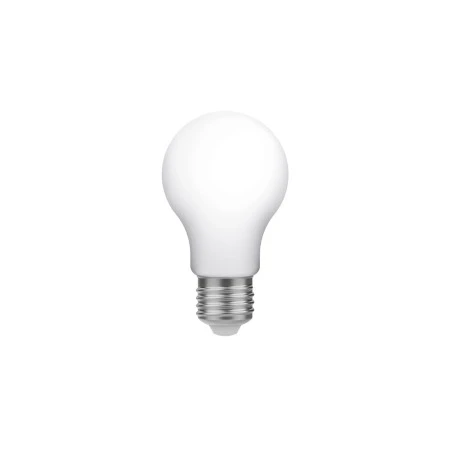
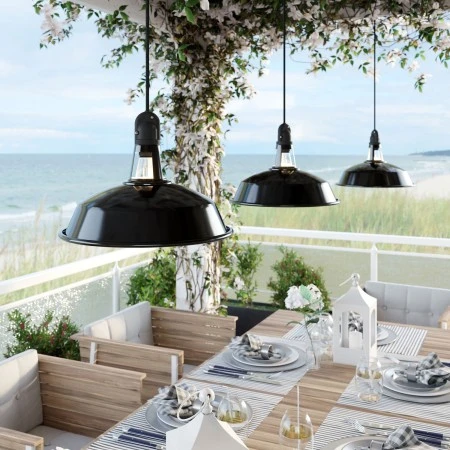

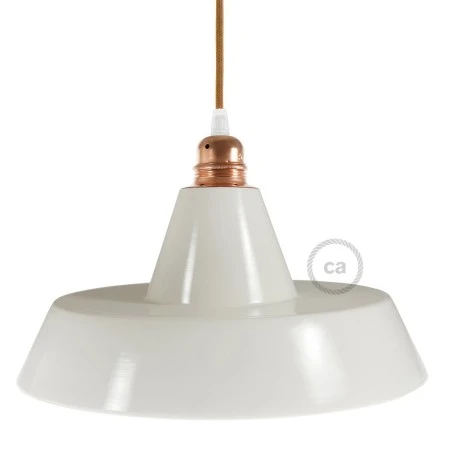
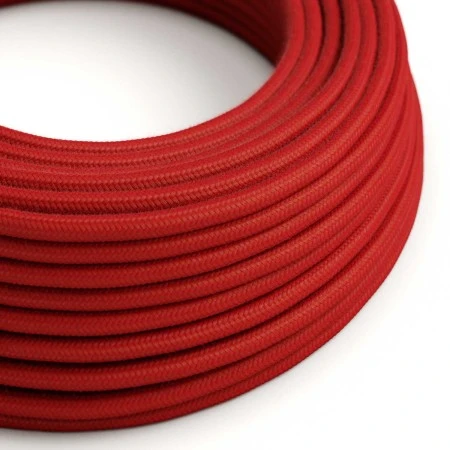
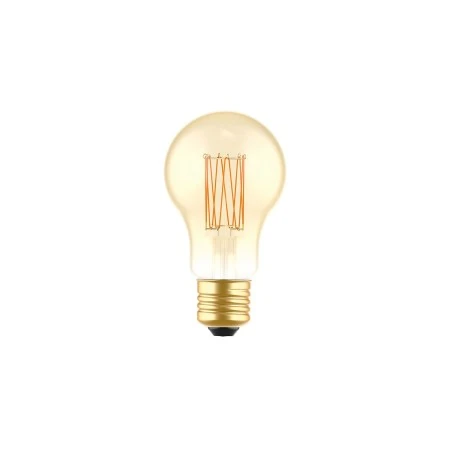
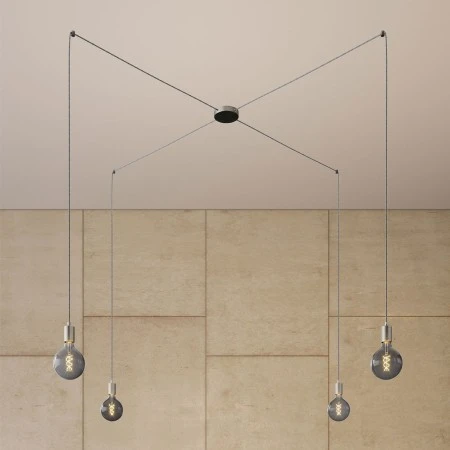
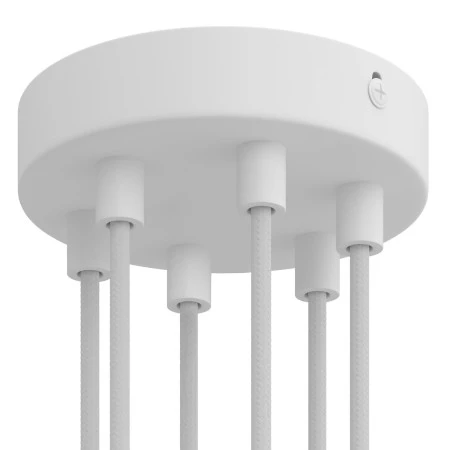

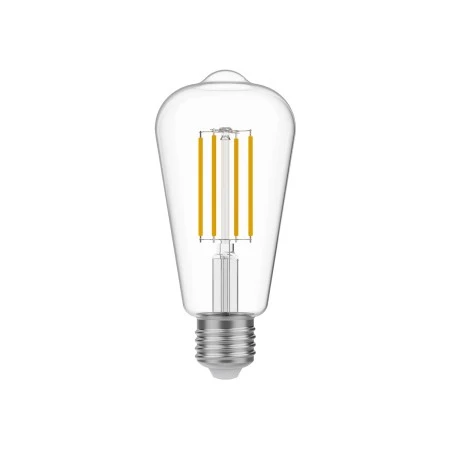

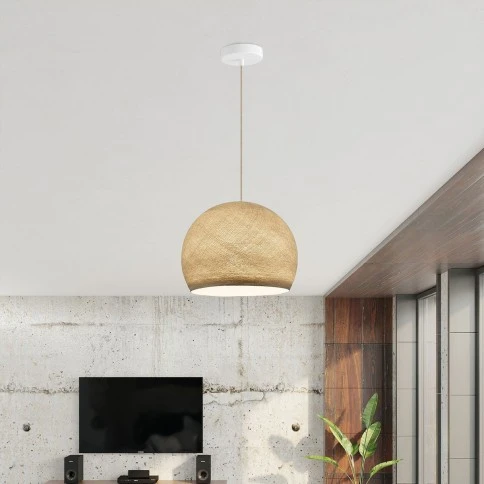
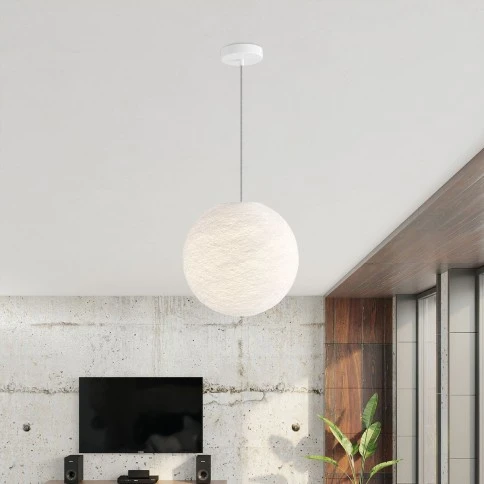
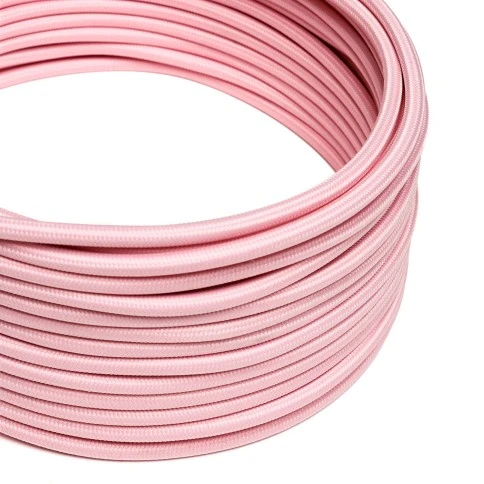
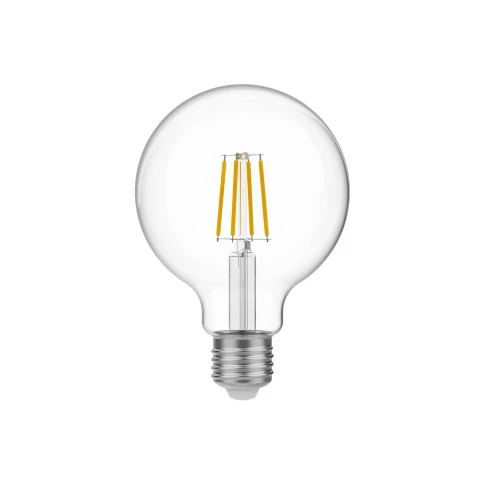
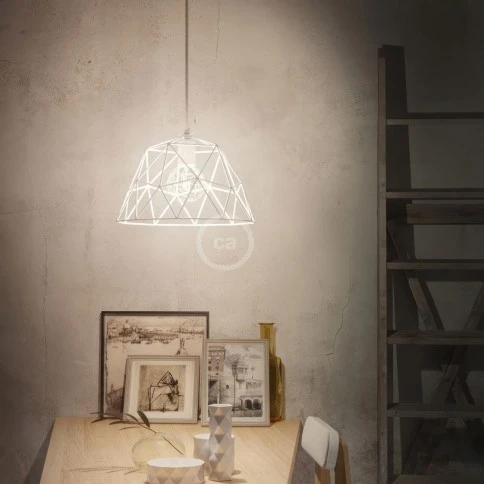

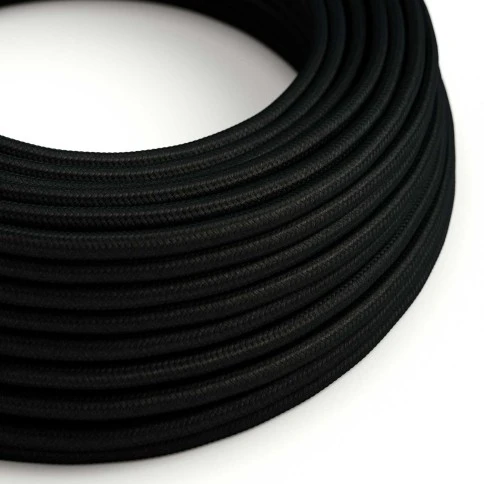
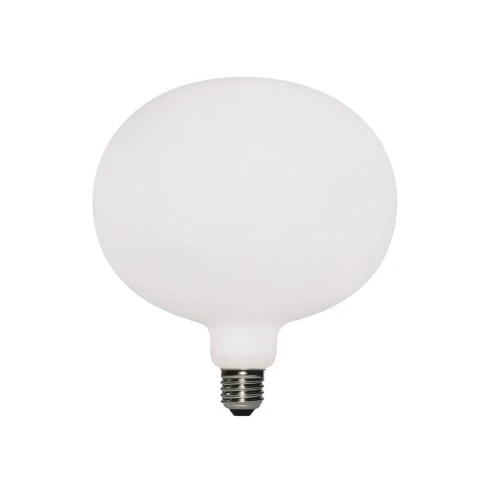
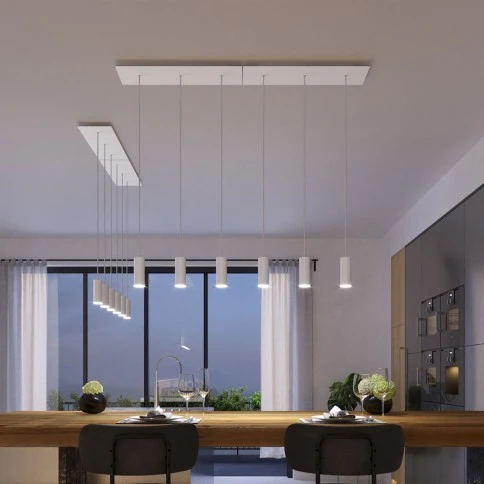
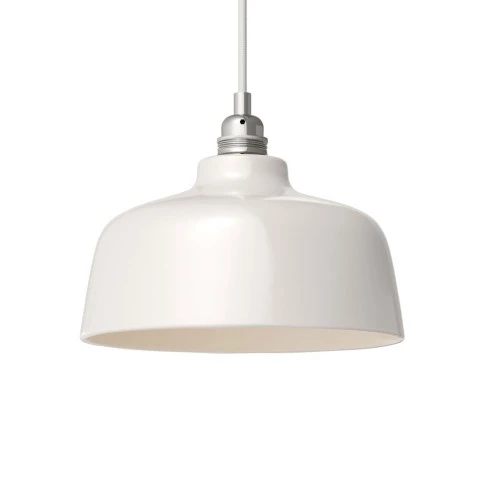
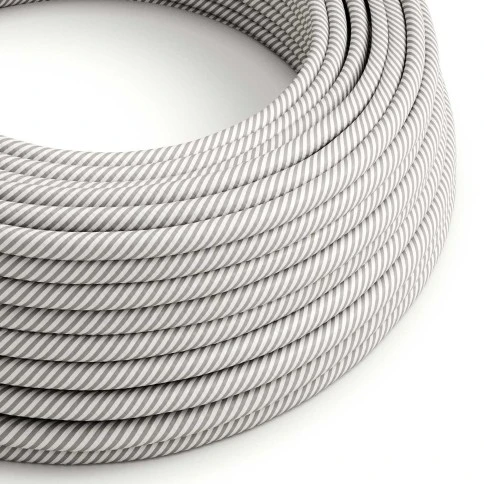
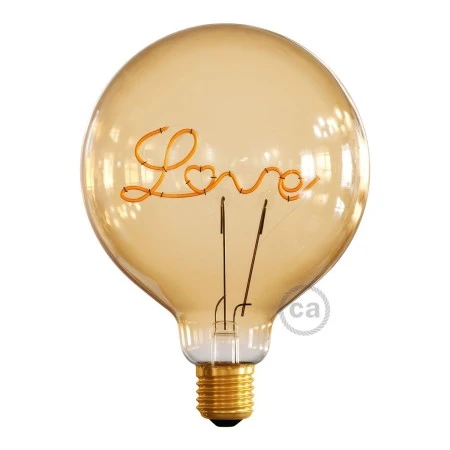

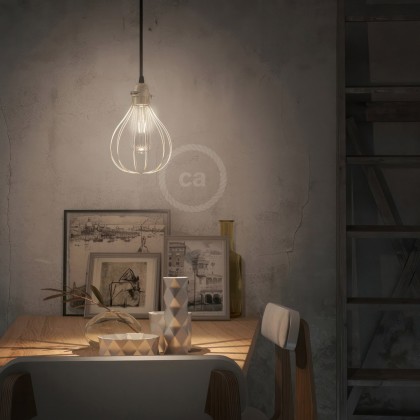
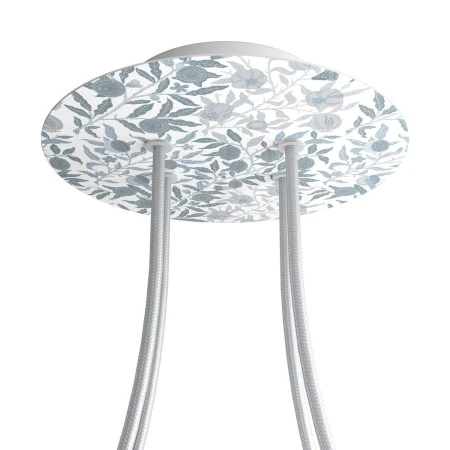
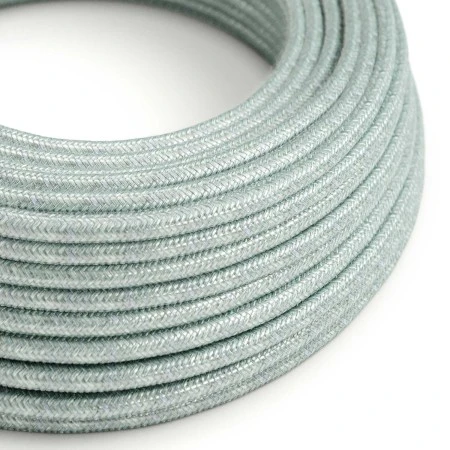
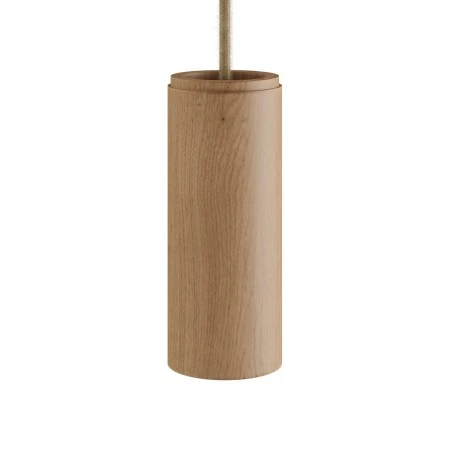
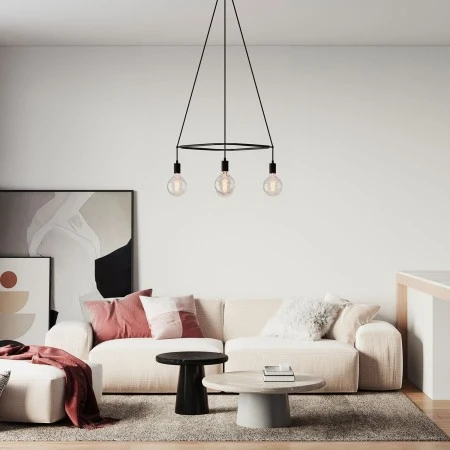
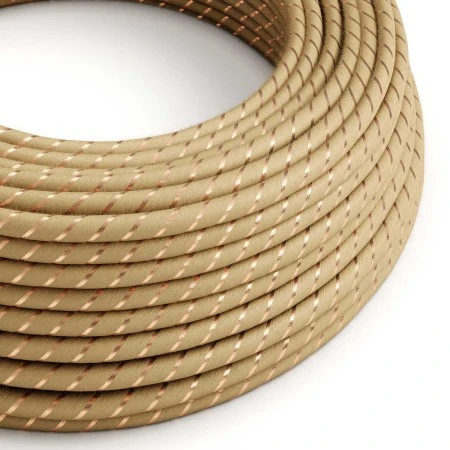
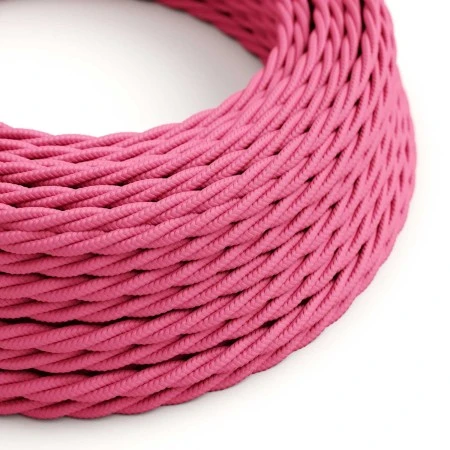

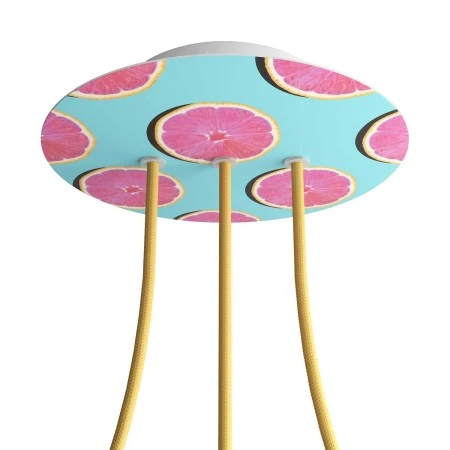
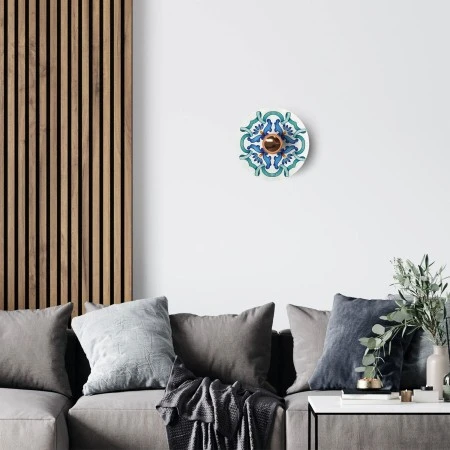
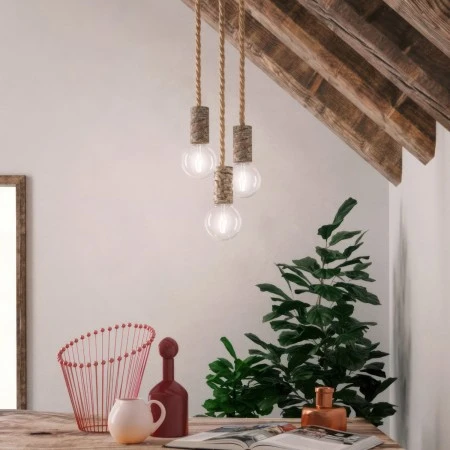
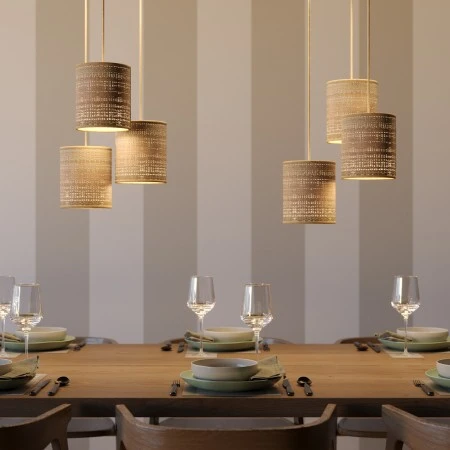

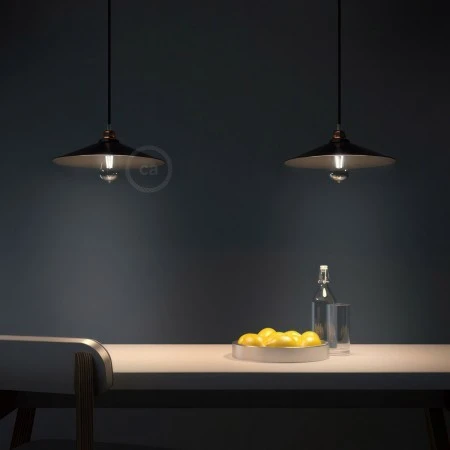
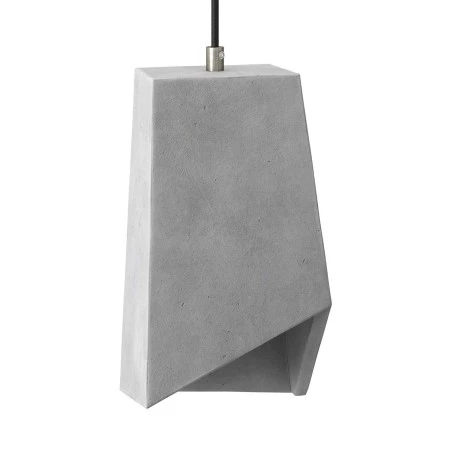
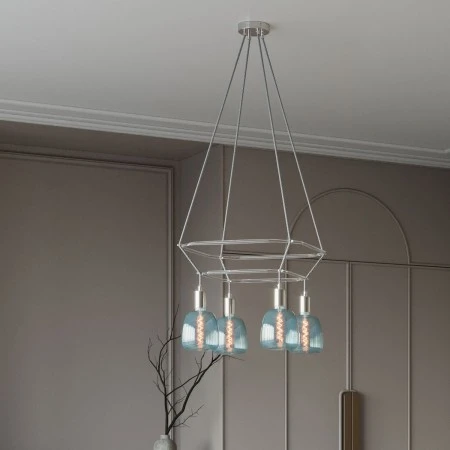
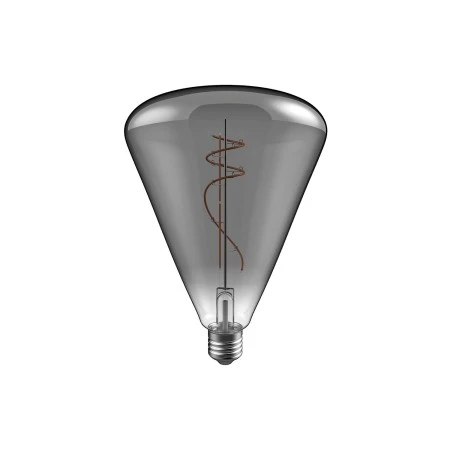
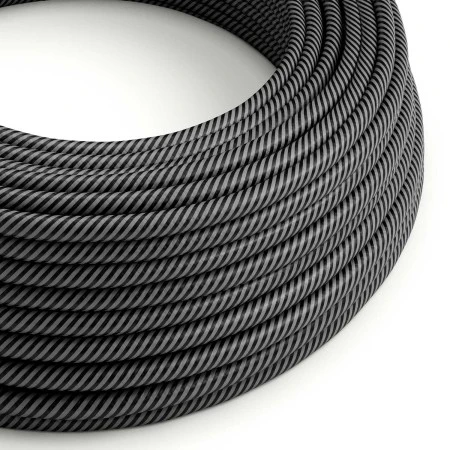
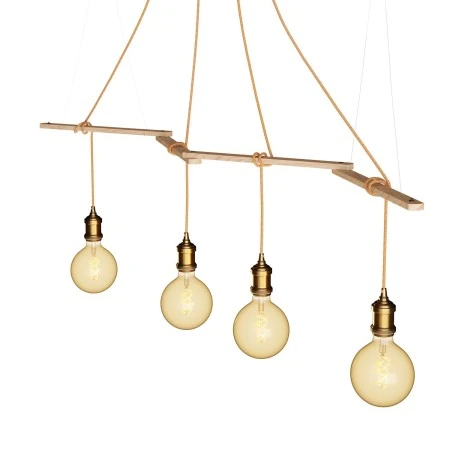
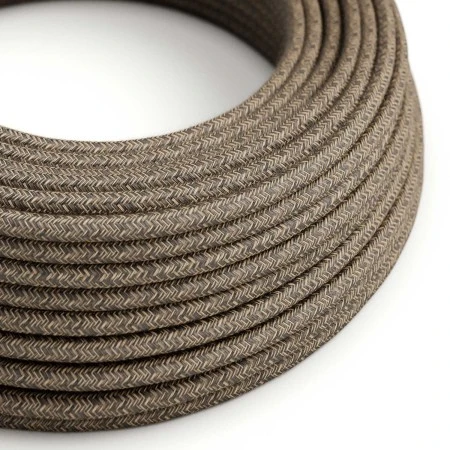
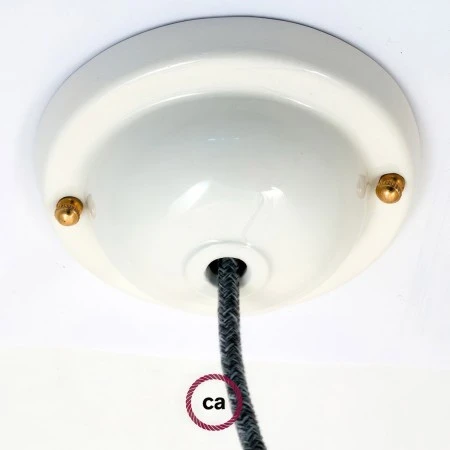



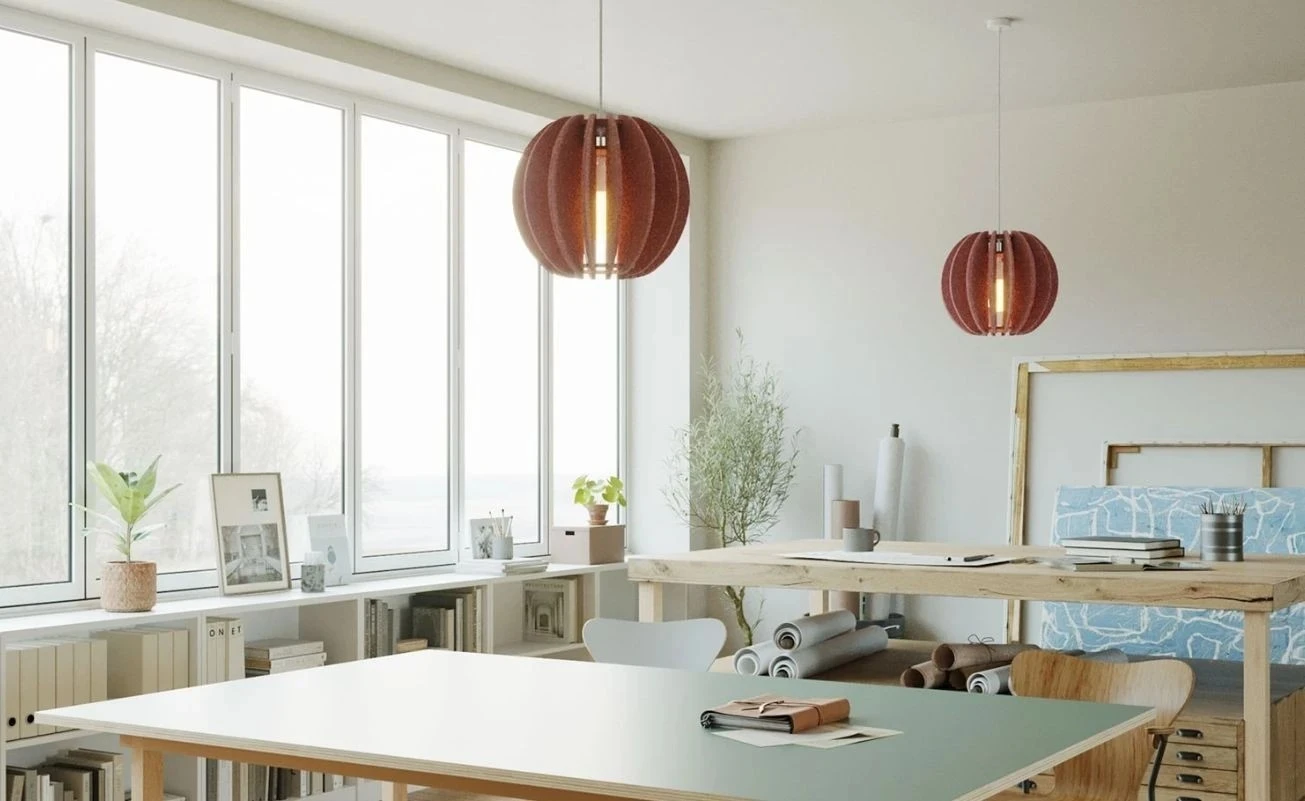
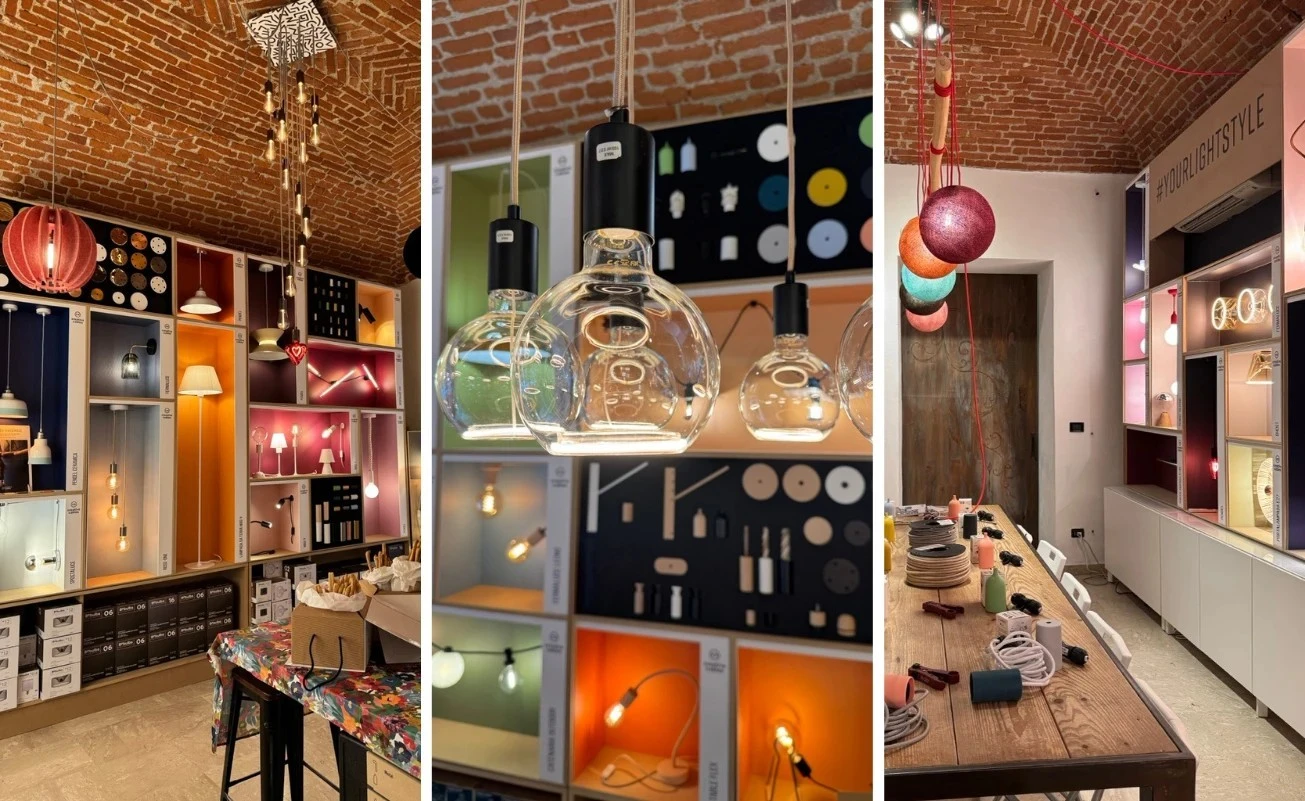
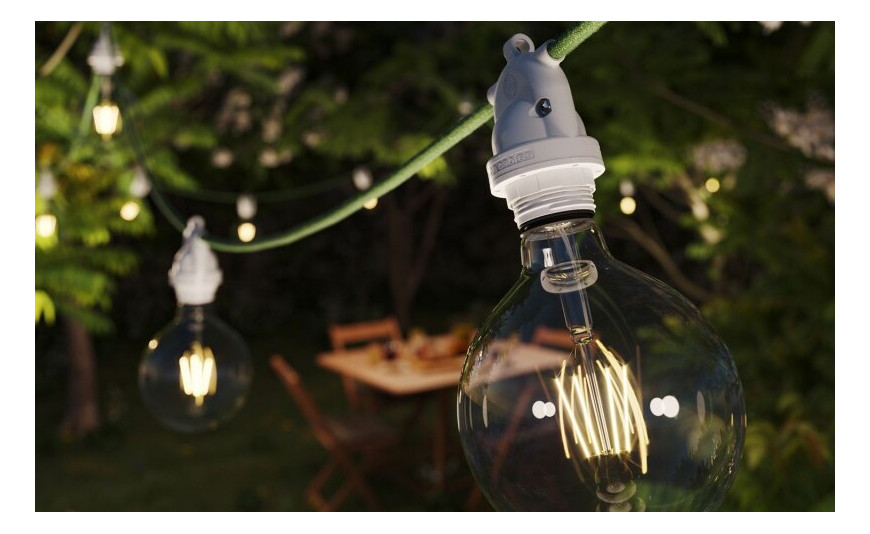
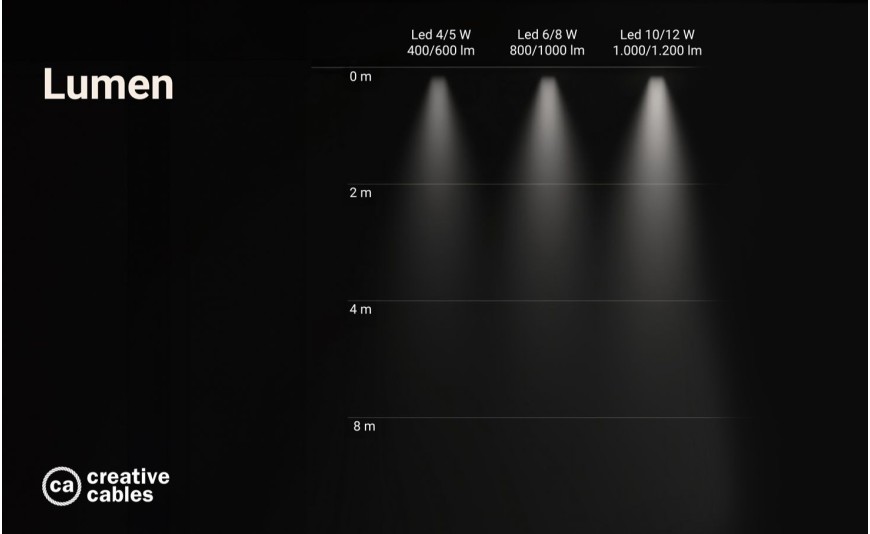
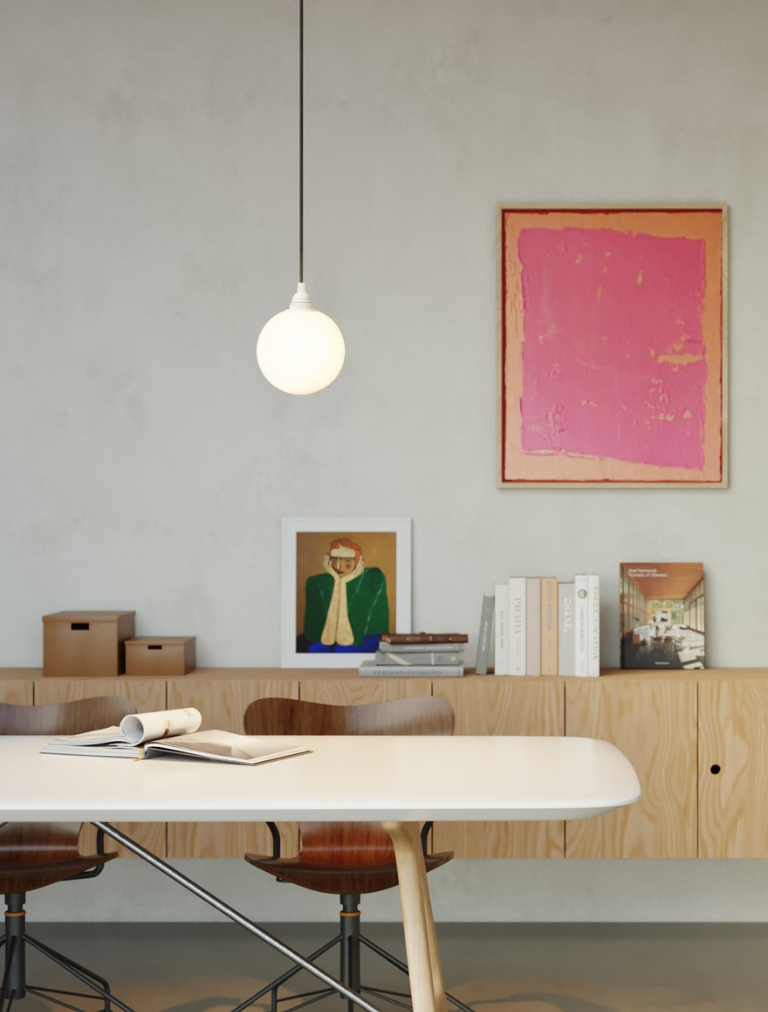
0 Comments